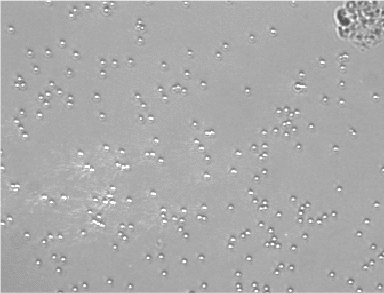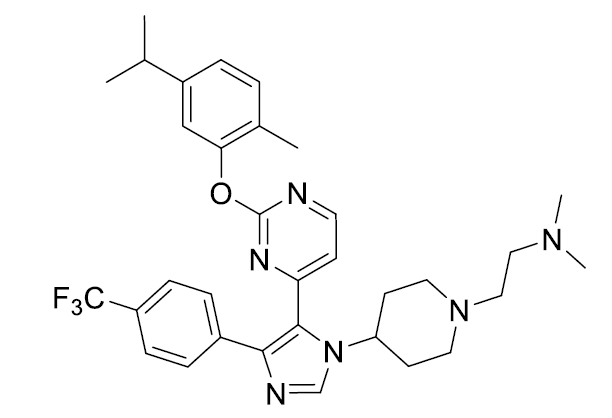I am a husband, uncle and scientist, in roughly that order of importance.
I grew up in Minneapolis, Minnesota, and completed my undergraduate degree in Chemical Engineering at the University of Minnesota in 2020. I then moved to Maryland for a PhD in Chemical Engineering from Johns Hopkins University.
While my academic work has focused on the study of colloids, my interests includes low-level coding, information storage and retrieval, sourdough baking, running, ham radio, and a nascent interest in nuclear energy that leaves my wife nervous.
Transmucosal Drug Delivery with Nanoparticles
None of us like needles, which makes the prospect of delivery life-saving pharmaceuticals in more convenient ways compelling. Imagine if a child with diabetes did not have to face a needle twice a day.
The biggest barrier to creating ocular, inhaled and oral versions of for today’s drugs is the mucus barrier. It covers every part of the body that needs to interact with the environment without the tough layer of skin in the way. The eyes, the lungs, and gastro-intestinal tract are all protected by mucus.
While the mucus barrier is repels attacks from most viruses, we know that some are good at getting through. Protecting against viral infections is a big problem, but also, the very properties that make viruses effective could be used to develop better treatments.
I have spent the last 5 years measuring and modeling potential coatings for drug delivery. In that time, I have developed simplified models for hydrodynamic and transport theories, I have validated surface interaction models for the most common drug delivery coating (PEG brushes), and I have collaborated with chemists to synthesize model systems with virus-mimetic surfaces.
This work is the thesis of my dissertation, and the results are currently being published in various journals!
Designing and Synthesizing Molecular Ligands for Cancer Proteins
The epigenetic system lies above the genetic system, regulating which proteins are expressed when and how much. It is what allows a red blood cell, a brain cell, and a skin cell to have all the same genetic material but completely different behaviors. However, when cells fail and become cancerous, the epigenetic system is an important part of the picture. One particular epigenetic protein that people care about is Bromodomain containing protein 4 (BRD4) which is one member of a closely related family of proteins.
To figure out what a protein does, and potentially stop it, we need to design drug molecules that bind to the protein. Sadly, BRD4 is in a family of closely related proteins. Most molecules that bind to one member, also bind to another. The trick is to image the structure of the proteins and see where the molecule could fit in BRD4 but not the cousin proteins. Then, the molecule is designed to bind, lock-and-key, into the protein.
I was mentored in this project at the University of Minnesota by Dr. Huarui Cui and Prof. Pomerantz. I got to contribute new molecules (the best is in the figure) to two peer-reviewed papers! That assemblage of organics took 10 synthetic steps, and the dehydration reaction was humidity dependent!
Learning about Electrical and Computational Systems
The world runs on atoms, but we control them with electrons and bytes. So, I have ongoing personal projects to better understand these systems. Keep in touch for any interesting or cool things I make!



